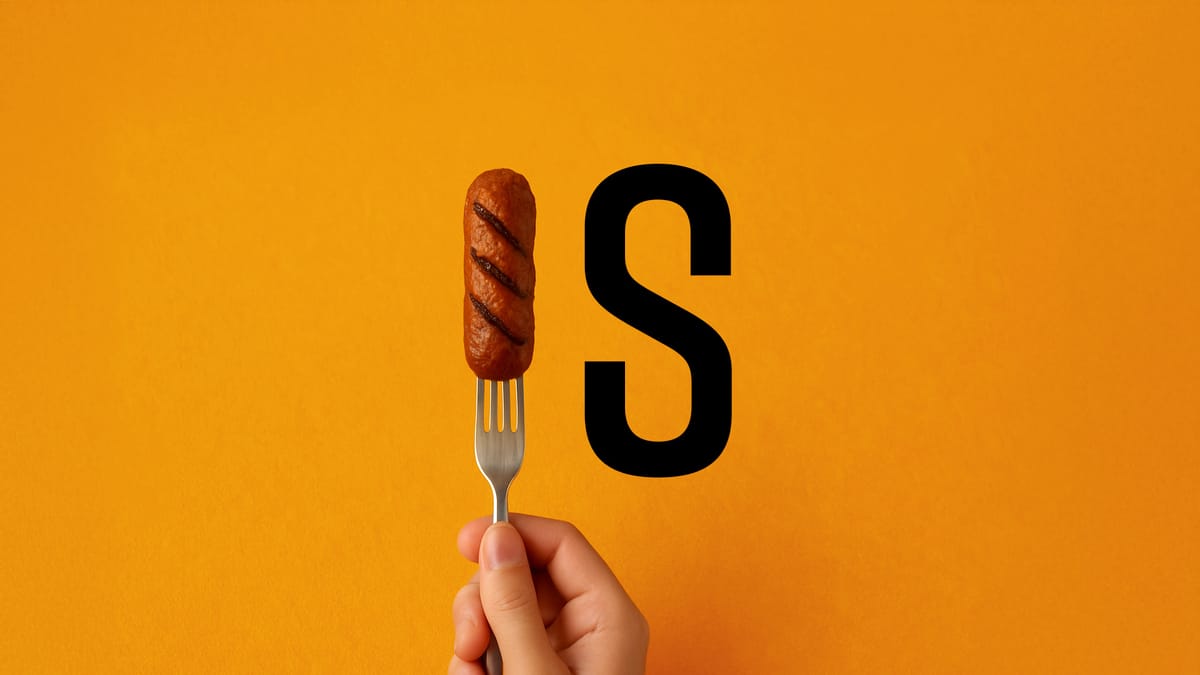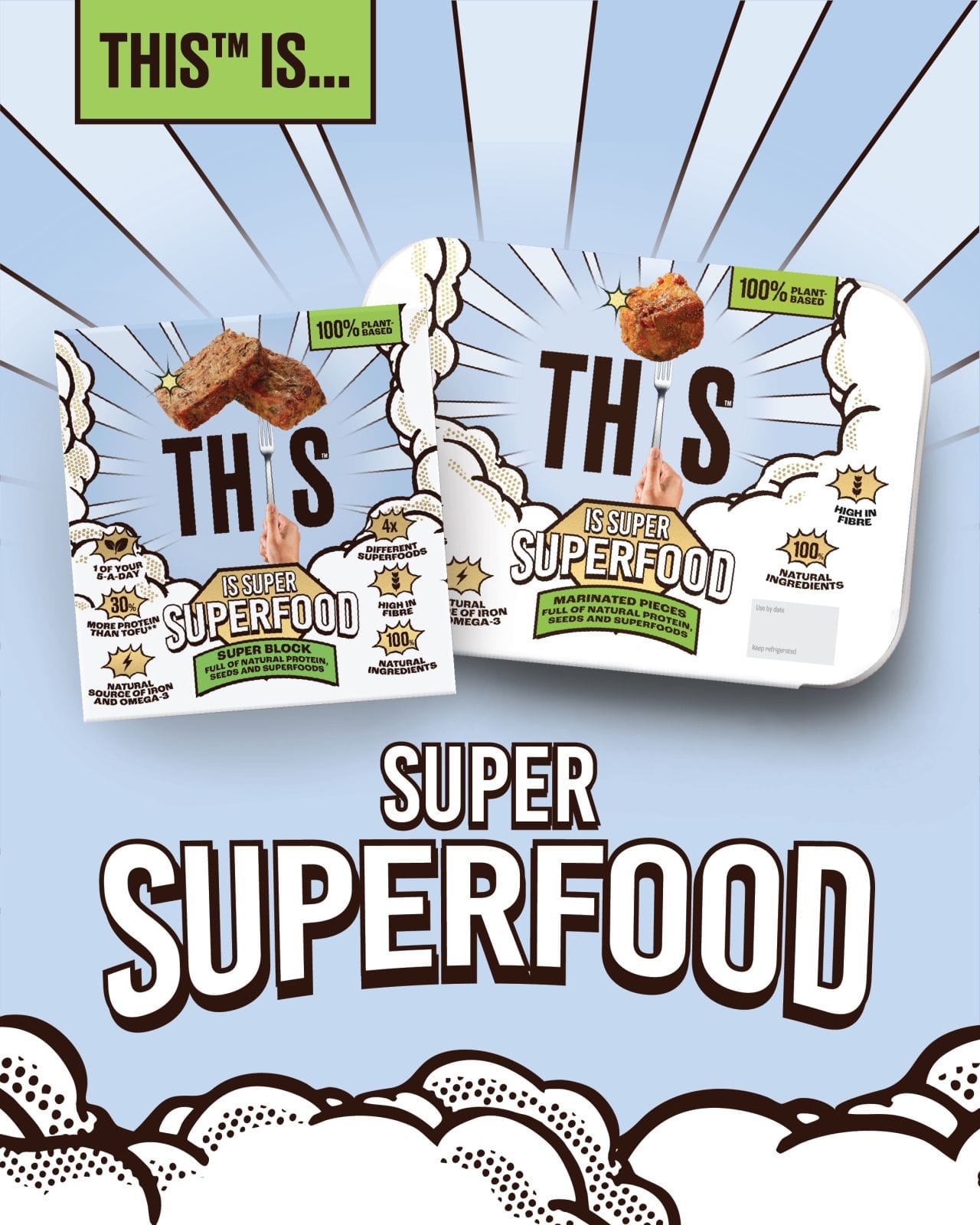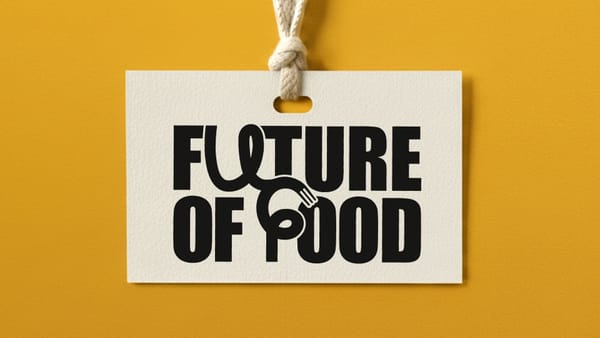UNSTUCK 027: Will IS Work Better Than ISN’T?
THIS gets the strategy right, but execution misses the mark

We’ve been waiting for a while for sustainable food’s iOS7 moment – the tipping point where a new technology or approach to food outgrows the need to imitate a familiar past and embraces what makes it different that’s the reasons consumers will buy it. Apple famously did this with its 2013 operating system revamp which ditched the fake wood newsstand, green felt game center, and antique market compass for a lightweight, minimal, digital-native design.
So we were delighted to see THIS, the UK plant-based brand that’s made inroads into mass channels such as Tesco supermarkets and IKEA restaurants, launch a new product line that flips the narrative from “THIS ISN’T” to “THIS IS” in an exciting attempt to embrace and celebrate its true nature instead of mimicking conventional meat.
Diagnosing the right problem
Every great strategy starts with a strong diagnosis of the industry, category and consumer context. THIS’s diagnosis may have painted a picture along the lines of:
- The narrative against ultra-processed foods (UPFs) is gaining momentum and the plant-based/food tech industry creating alternatives is perceived (rightly or wrongly) as ultra-processed. This is going to make conversations with retailers and regulators increasingly difficult before we even get to converting actual end consumers.
- The category of meat mimics isn’t growing and we’re fighting an uphill battle to get space in-store. But protein alternatives - tofu, tempeh, beans - are growing, the latter helped by having a strong fibre claim too.
- To become a mainstream brand we’re going to need to reach more consumers than those buying meat mimics. Consumers who want nutrient goodness, but also want variety. We need to persuade them away from their Tuesday night chicken tacos and Friday night burgers with something excitingly different as well as an easy way to eat better.
All roads lead to growth beyond “This Isn’t” - to create an exciting food-led proposition with goodness at its heart.
Powerful positioning weakened by executional kryptonite
We would hope - with strong marketing leadership - that THIS explored multiple consumer propositions and refined them through talking with consumers along with a fast, cost-effective testing methodology to get hard data on which held the most promise.
In the absence of having seen the data, the superfood positioning they’ve pursued seems like a perfectly viable one. This is especially true since they can back it up with strong claims that we know from first-hand experience appeal to consumers: protein, fibre, natural ingredients.

While superfood is a potentially powerful positioning with strong claims, we’re missing the product. What is, THIS IS? The sharp diagnosis and brave positioning is sadly undermined by a counterproductive execution.
The focus on literal superhero symbols and visual cues of comic book culture such as ben-day dots and pow speech bubbles may appeal to the occasional manchild or Roy Lichentstein fan, but will likely fail at connecting to a mainstream food shopper. Then there’s the matter of the dog food-like product photography and overall faded look, which misses the mark on driving appetite appeal. We’re not sure about you, but a dusty mouldy comic book does not make our respective mouths water.
The target cares about what they’re eating, but the THIS Superfoods design buries compelling product transparency under layers of noise and decoration. Even if you enter into a lengthy staring contest with the pack the closest you’ll get is a Super Block or Marinated Piece, but of what?. Turn the pack over, however, and you discover its mushrooms, fava beans and seeds. Brilliant! Beans - certainly in the UK - are having a moment and all trends point to their continued success. Seeds equally - as consumers are continually hearing they need to eat 30 different plants (which includes seeds) a week. When one of the problems of meat mimics has been “if not meat, what is it?” THIS IS appears to have had the opportunity to overcome this, but hasn’t.
How far can THIS stretch its brand?
Let’s assume THIS sorts out the executional issues, a key strategic question remains: can the same brand house both ISN’T and IS?
It’s brilliant to see they are testing and learning. The early years of a brand should be all about figuring out what works, and a complete U-turn away from ISN’T at this stage would risk losing the listings and revenue they do have.
Longer-term they’ll need to pick a lane. You can’t be both a brand so boldly about meat mimics and natural plant goodness at the same time. Brands build salience and power by knowing and communicating what they stand for and executing on that consistently.
How far brands can stretch their positioning and categories has been a frequent question asked of your UNSTUCK authors, and one we’ll come back to in the next issue (Spoiler alert: focus and staying true to your positioning in everything you do, is the key and something we hope THIS can stick around to do.)






